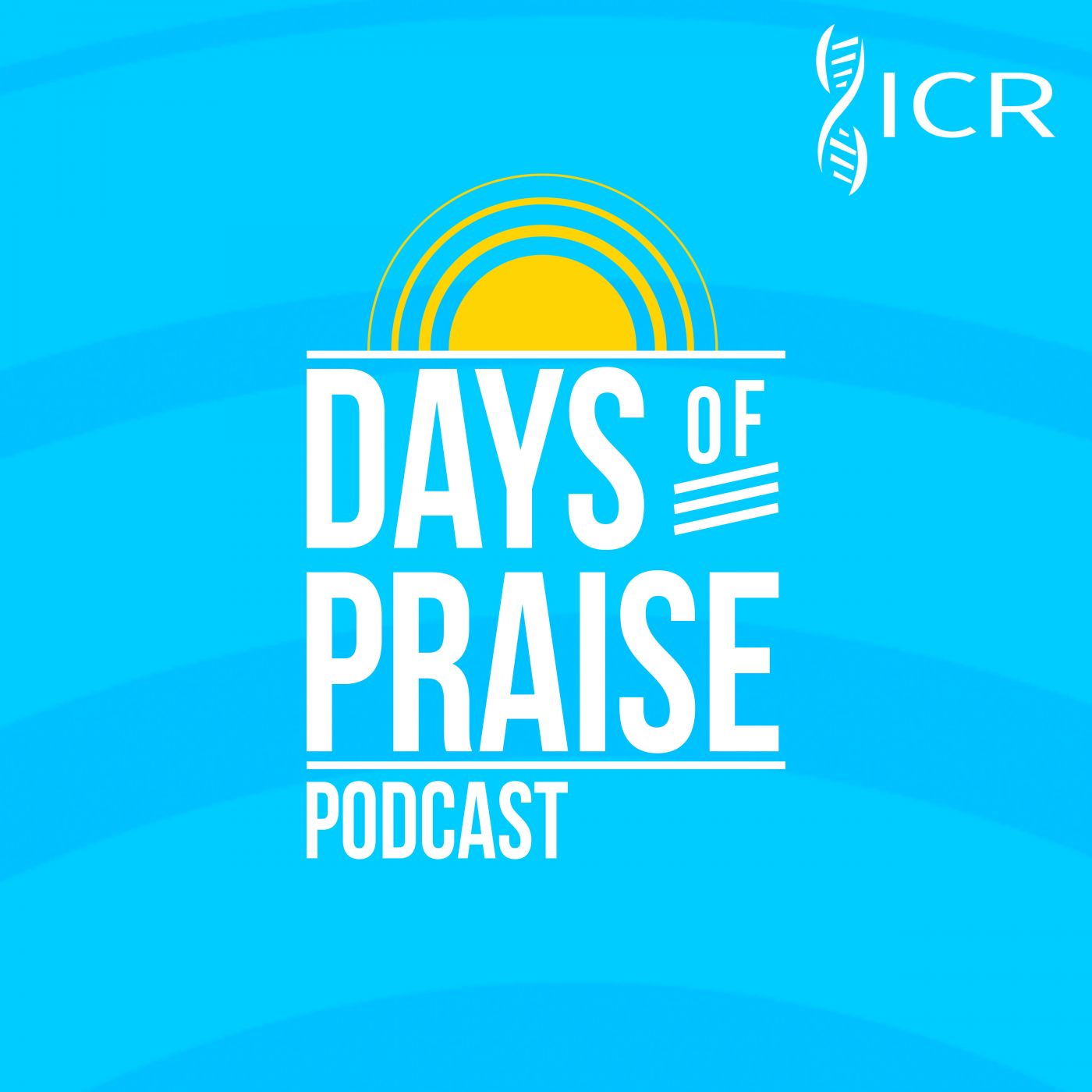“But shun profane and vain babblings: for they will increase unto more ungodliness. And their word will eat as doth a canker: of whom is Hymenaeus and Philetus.” (2 Timothy 2:16-17)
Paul’s earlier warning about “word fights” (2 Timothy 2:14) is strengthened in the text above with a different emphasis. Word fights are “picky” debates started by quarrelsome people. They are useless and divisive. They create conflicts and schisms.
Profane and vain babblings, however, are worldly and valueless “noise.” Less obvious and more subtle than fighting, they have the effect of destroying godliness. “But refuse profane [ungodly] and old wives’ fables [myths, baseless stories], and exercise thyself rather unto godliness” (1 Timothy 4:7).
Because “godliness is profitable unto all things, having promise of the life that now is, and of that which is to come” (1 Timothy 4:8), Paul strongly urged Timothy to “keep [guard] that which is committed to thy trust, avoiding profane and vain babblings, and oppositions of science falsely so called: which some professing have erred concerning the faith” (1 Timothy 6:20-21).
The “oppositions” spoken of are the “antithesis”—the conflict, the stand against knowledge. Paul calls this anti-knowledge a pseudonumos—a false name. It sounds like knowledge but is not true.
The results of these “babblings” are not good. Ungodliness will increase. Error will eat away at spiritual health and truth like gangrene. The two church leaders that Paul mentions, Hymenaeus and Philetus, are listed as examples of such a cancer. They taught that the resurrection had already occurred for the saints.
Peter’s warning is very similar: “Beware lest ye also, being led away with the error of the wicked, fall from your own stedfastness” (2 Peter 3:17). HMM III

Days of Praise Podcast is a podcast based on the Institute for Creation Research quarterly print devotional, Days of Praise. Start your day with devotional readings written by Dr. Henry Morris, Dr. Henry Morris III, Dr. John Morris, and others to strengthen and encourage you in your Christian faith.












